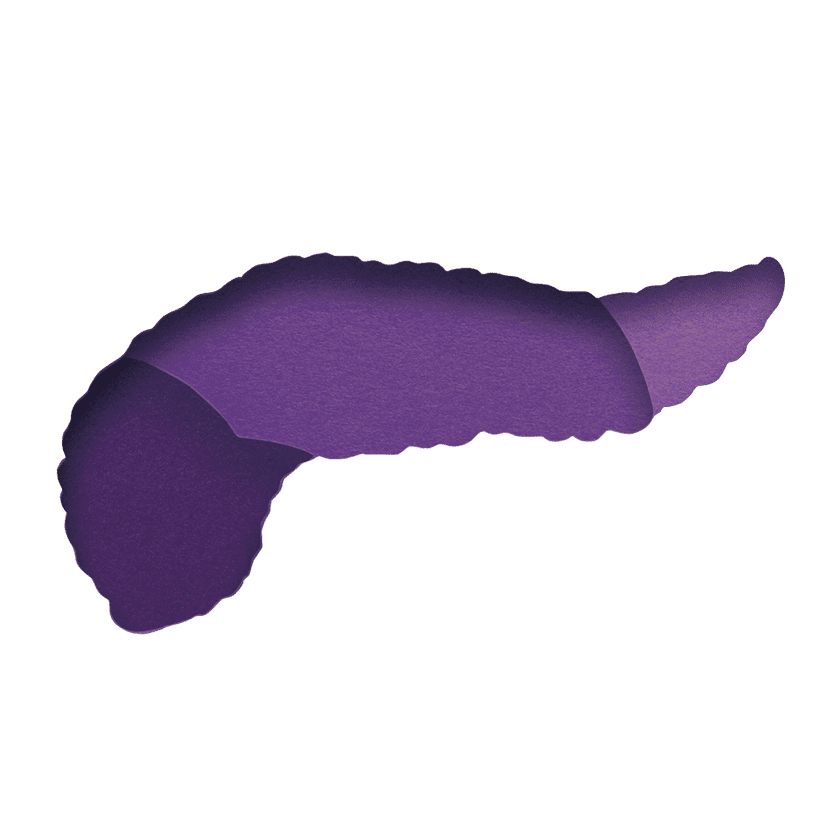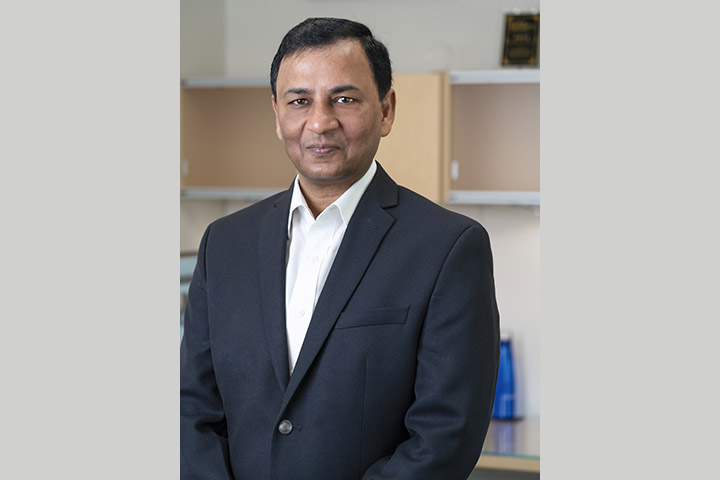New Prospective Clinical Study of Blood-Based Early Detection Test

Conventional wisdom, along with a multitude of research, shows finding some cancers early can result in better patient outcomes.
Unfortunately, pancreatic cancer is most often diagnosed in late stages, eluding early detection. By the time symptoms occur, the tumor has either grown very large or has metastasized to other organs, which means surgery, the only potential cure for the disease, is often not feasible.
That’s why researchers across the globe are looking for ways to find pancreatic cancer earlier when surgical treatment is still an option. Although the current five-year survival rate of 12 percent is an improvement from the six percent it was just 10 years ago, the survival rate for patients with localized disease—a tumor that has not spread outside of the pancreas—is 44 percent. Demonstrating the importance of early detection, patients whose disease was found at stage I—when the tumor is confined to the pancreas and is no bigger than 2 cm—have a five-year survival rate of more than 80 percent.
New Early Detection Assay
San Diego-based biotech company Biological Dynamics is collaborating with the Brenden-Colson Center for Pancreatic Care at Oregon Health & Science University (OHSU), Portland, to study the company’s ExoVitaTM Pancreas assay, a blood-based liquid biopsy for the early detection of pancreatic cancer. Biological Dynamics is also partnering with the Perlmutter Cancer Center at NYU Langone Health (New York City), among many other prominent institutions, through its ExoLuminate clinical study.
In October 2021, the FDA granted Breakthrough Device Designation to the company for its ExoVitaTM Pancreas assay, which searches for biomarkers present in circulating exosomes (tiny particles containing proteins from the tumor). The team developed a proprietary and game-changing method to purify exosomes from patients’ blood followed by a process to detect proteins located on or in the exosomes.
ExoVitaTM Pancreas is the first assay to use what the company calls its Biological Dynamics’ ExoVerita™ platform, a novel alternating current electrokinetic-based technology. It is used for early detection of diseases including cancer, Alzheimer’s disease, and infectious diseases, according to the company.
“To say I’m excited about this is kind of an understatement,” says Rosalie Sears, Ph.D., Co-Director of the Brenden-Colson Center and Professor, Department of Molecular and Medical Genetics at OHSU. “I’ve known about this technology for about four years since we first engaged with Biological Dynamics in very early efforts, and we’ve developed a great working relationship. The real excitement is that, in a small volume of blood, we can very rapidly pull out particles that are the right size of interest. The small volume and quick processing are remarkable.”
Exosomes, a subtype of extracellular vesicles (EVs), are nanoscale lipid bilayer particles that are released by various cell types. It’s tough to describe just how small they are. But think of it this way: one nanometer is one-billionth of a meter. In visual terms, one sheet of paper is about 100,000 nanometers thick.
Exosomes play an important role in transport, and their cargo includes substances like proteins, lipids, and nucleic acids. They are also messengers in intracellular communications like cell signaling.
Biological Dynamics’ study Early-Stage Multi-Cancer Detection Using an Extracellular Vesicle Protein-Based Blood Test, published in Communications Medicine, showed the assay correctly identified 71 percent of stage I cancers in a combined cohort of pancreatic, ovarian, and bladder cancers. Pancreatic stage I cancer detection was a staggering 96 percent. The case-controlled pilot study explored a cohort of 139 patients with stage I and stage II cancers, as determined by pathology. Follow-up case-control studies with large numbers of stage I and II pancreatic ductal adenocarcinoma (PDAC) patients along with multiple benign condition controls are underway.
New Prospective Study
Based on these positive results, a new prospective trial called the ExoLuminate Study for Early Detection of Pancreatic Cancer is getting started. ExoLuminate is a nationally-enrolling registry study designed to further the company’s assay which is designed for earlier detection of cancer in patients with an elevated risk or who are clinically suspicious for PDAC.
Those with elevated risk can include individuals with intraductal papillary mucinous neoplasms (IPMNs), a family history of pancreatic cancer, germline mutations in genes known to be associated with cancer, a personal or family history of pancreatitis, or new onset diabetes after age 50.
The goal of the study is to compare the performance of ExoVitaTM Pancreas assay in early detection of pancreatic cancer to current standard-of-care methods of surveillance, such as imaging and clinical biomarkers such as the CA 19-9 test. The study is designed to recruit a minimum of 1,000 U.S. adults over two years with a one-year follow-up for data collection. The test will be ordered through providers (though not used for diagnostic purposes).
“The goal is really straightforward. We want pancreatic cancer to be diagnosed earlier and give patients a much better chance of surviving this disease,” says Sears. “Plus, we want to make early detection easier on patients.”
Current surveillance for those at high risk includes yearly imaging tests, either MRI scans or endoscopic ultrasounds, but this testing is done in research efforts at large academic medical centers, potentially making travel difficult for some patients. However, among this group, surveillance shows a significant benefit. Research published in the Journal of Clinical Oncology involving eight U.S. medical centers found that annual surveillance of patients at high risk of pancreatic cancer due to genetics had a big payoff. Among those diagnosed with pancreatic cancer, the disease was caught at an early stage for the majority, and more than 70 percent were still alive five years later.
“Well-designed studies like this and rigorous research about earlier detection is absolutely vital,” Sears explains. “As it stands now, there are issues with surveillance of high-risk individuals because it can be difficult for patients in terms of travel, anxiety, and even cost. Finding a way to make surveillance easier, something done in a doctor’s office or even through mobile blood collection units with a small blood sample, would be incredible for patients and for the quality of their lives.”
Sears is also hopeful about the state of pancreatic cancer research. “Pancreatic cancer is a tough nut to crack,” she says. “It is just so therapeutically resistant and sneaky, but we are making profound strides in understanding how it can escape therapeutic pressure. Pancreatic cancer is getting a lot of attention and has some very smart people working on it. That makes me confident we’re going to figure this disease out.”






